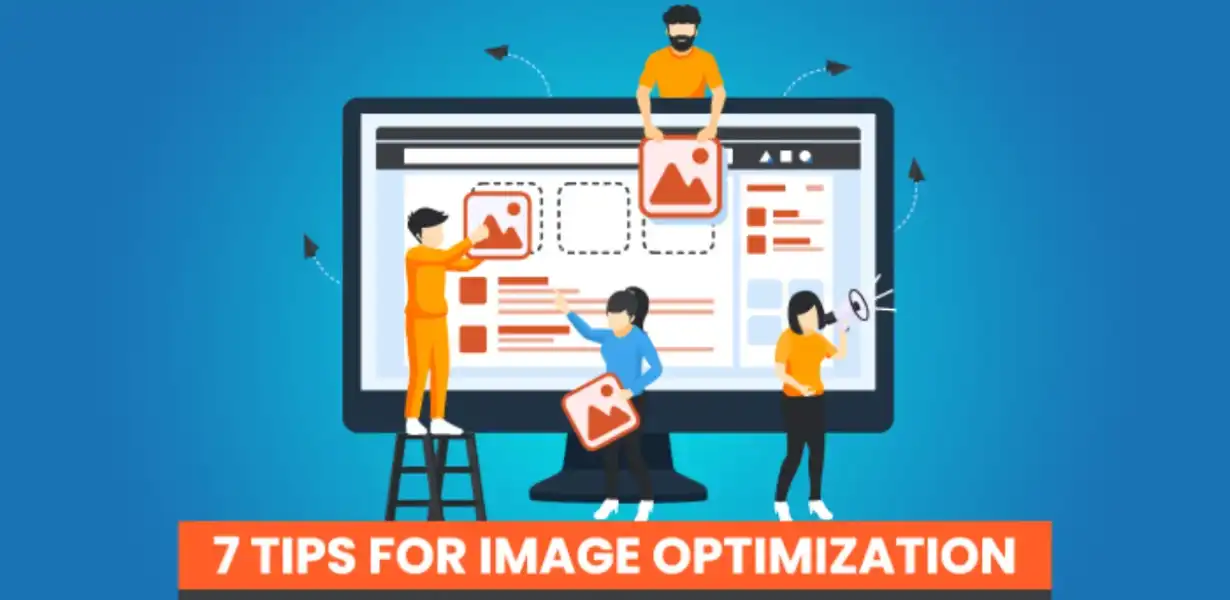
Beyond JPEG: Unveiling the Latest Image Compression Formats for Exceptional Visuals
- Post
- August 8, 2023
- Image Optimization, Web Performance, Web Technologies
- 0 Comments
In the ever-evolving realm of digital content, images play a paramount role in engaging users and conveying information effectively. As websites strive for faster loading times and superior user experiences, image optimization becomes a crucial aspect of modern web development. In this comprehensive guide, we delve into the cutting-edge image compression formats that go beyond the conventional JPEG, revolutionizing the way we approach visual content on the web.
Understanding Image Optimization for SEO
Effective image optimization is not only about reducing file sizes but also enhancing the overall user experience and search engine visibility. Images that load quickly and maintain high quality contribute to lower bounce rates and prolonged user engagement. This, in turn, signals search engines that your content is valuable, potentially boosting your rankings.
The Power of Image Compression
Image compression is at the core of efficient web performance. By reducing the size of image files, you can significantly enhance loading times without compromising visual quality. Traditional formats like JPEG and PNG have long been the go-to options, but recent advancements have introduced more efficient alternatives.
Exploring WebP: A Next-Level Format
WebP emerges as a game-changer in the world of image compression. Developed by Google, this format combines high-quality visuals with smaller file sizes. With support for both lossy and lossless compression, WebP caters to a wide range of needs, making it an ideal choice for web developers and SEO enthusiasts alike.
High-Efficiency Video Coding (HEVC)
HEVC, also known as H.265, extends its prowess to images, offering remarkable compression capabilities. Originally designed for video compression, HEVC’s advanced algorithms deliver impressive results for images as well. Despite its potential, HEVC adoption is still evolving, especially in web environments.
JPEG 2000: Where Tradition Meets Innovation
JPEG 2000 is a modern iteration of the JPEG format, boasting superior compression and image quality. Its support for lossless compression makes it suitable for industries where image fidelity is paramount, such as medical imaging and digital art galleries.
The Rise of AVIF
AVIF (AV1 Image File Format) leverages the power of the AV1 video codec to provide excellent compression ratios while maintaining exceptional visual quality. As browser support for AVIF grows, it presents an enticing option for image optimization enthusiasts.
Implementing Image Optimization Techniques for SEO
To harness the benefits of these emerging formats, proper implementation is essential. Here are some actionable strategies:
Format Selection: Choose the format that aligns with your content and target audience. Utilize WebP or AVIF for modern browsers and fallback to JPEG or PNG for compatibility.
Responsive Images: Implement responsive design practices to deliver appropriately sized images based on the user’s device, further optimizing loading times.
Lazy Loading: Employ lazy loading techniques to defer the loading of off-screen images, enhancing initial page load speed.
Alt Text Optimization: Craft descriptive and SEO-friendly alt text for images, aiding accessibility and search engine indexing.
WordPress Image Optimization
For WordPress users, optimizing images is seamless with plugins like Smush and ShortPixel. These plugins automatically compress and convert images into appropriate formats, ensuring optimal performance without manual intervention.
The Future of Image Optimization and SEO
As technology evolves, the synergy between image optimization and SEO becomes even more critical. Embracing novel formats and techniques will continue to shape the digital landscape, fostering visually stunning websites that load swiftly and rank prominently.
Final Words
In a digital era characterized by fleeting attention spans, the significance of image optimization cannot be overstated. Beyond the conventional JPEG format, a plethora of cutting-edge options awaits, each with its own set of benefits. By adopting these formats and optimizing images diligently, you pave the way for a web experience that is not only visually captivating but also high-performing and SEO-friendly.
Commonly Asked Questions
Q1: How does image optimization impact SEO?
A1: Image optimization significantly affects SEO by enhancing user experience, reducing bounce rates, and improving page load speed. Search engines prioritize fast-loading, visually appealing pages, which image optimization facilitates.
Q2: What is the difference between lossy and lossless compression?
A2: Lossy compression sacrifices some image quality to achieve smaller file sizes, while lossless compression reduces file sizes without compromising visual fidelity. The choice depends on your content’s requirements.
Q3: Are these new formats universally supported by browsers?
A3: While support for newer formats like WebP and AVIF is growing, some older browsers may not fully support them. Implement fallback strategies to ensure a seamless experience for all users.
Q4: Can image optimization plugins replace manual optimization?
A4: Image optimization plugins can automate the process to a large extent, but manual optimization allows for more precise control over image quality and format selection.
Q5: How can I choose the right image format for my website?
A5: The choice depends on factors such as the nature of your content, your target audience’s devices, and your performance goals. Experiment with different formats and monitor the results to determine the best fit.



